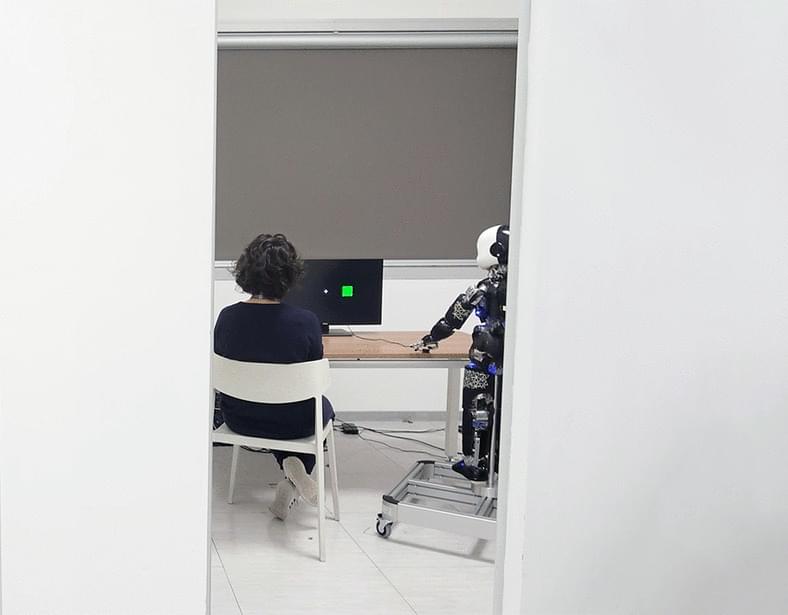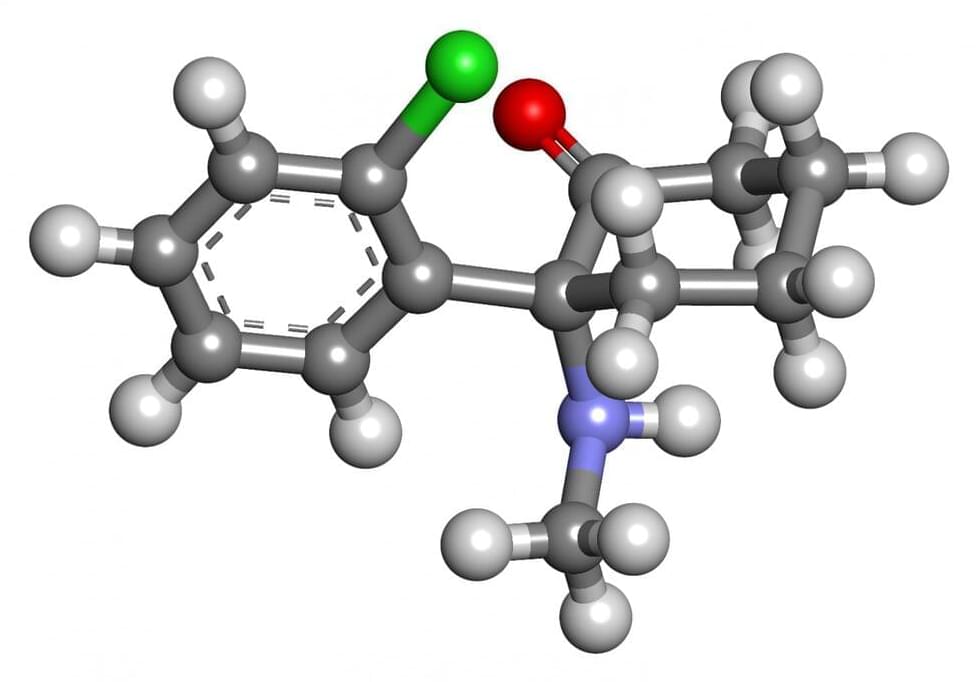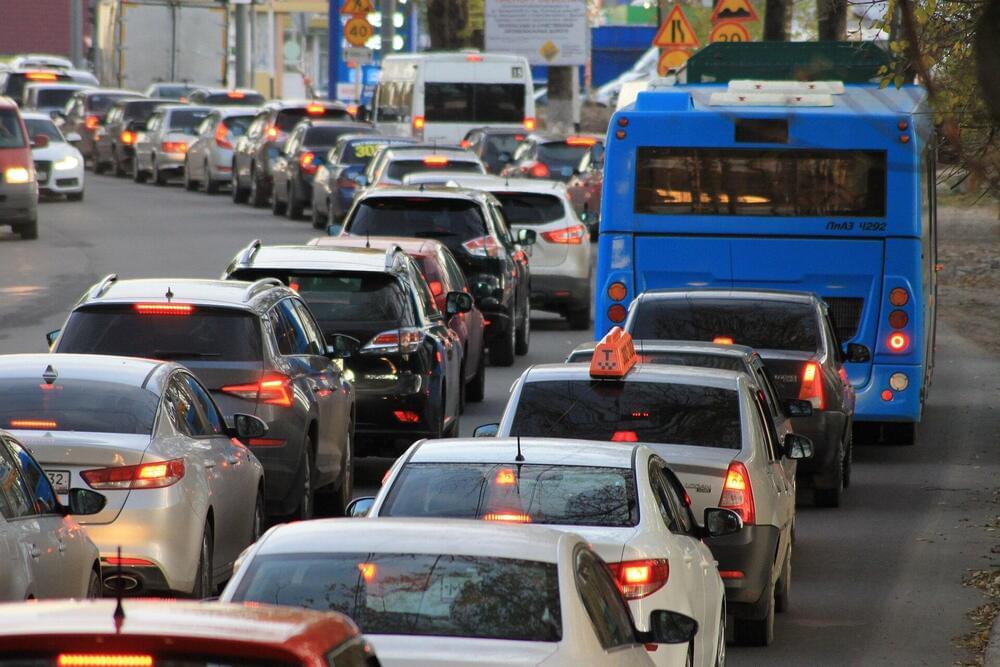In recent years, more vehicles include partially autonomous driving features, such as blind spot detectors, automatic braking and lane sensing, which are said to increase safety. However, a recent study by researchers from The University of Texas at Austin finds that some of that safety benefit may be offset by people driving more, thereby clogging up roads and exposing themselves to more potential crashes.
The study, published recently in Transportation Research Part A—Policy and Practice, found that drivers with one or more of these autonomous features reported higher miles traveled than those of similar profiles who didn’t have them. This is important, because miles traveled is one of the most—if not the most—significant predictor of crashes. The more you drive, the more likely you are to crash.
“What we showed, without any ambiguity in our results, is that after embracing autonomous features, people tend to drive more,” said Chandra Bhat, one of the authors on the project and professor in the Cockrell School of Engineering’s Department of Civil, Architectural and Environmental Engineering. “There are certainly engineering benefits to these safety features, but they are offset to a good extent because people are driving more and exposed more.”






